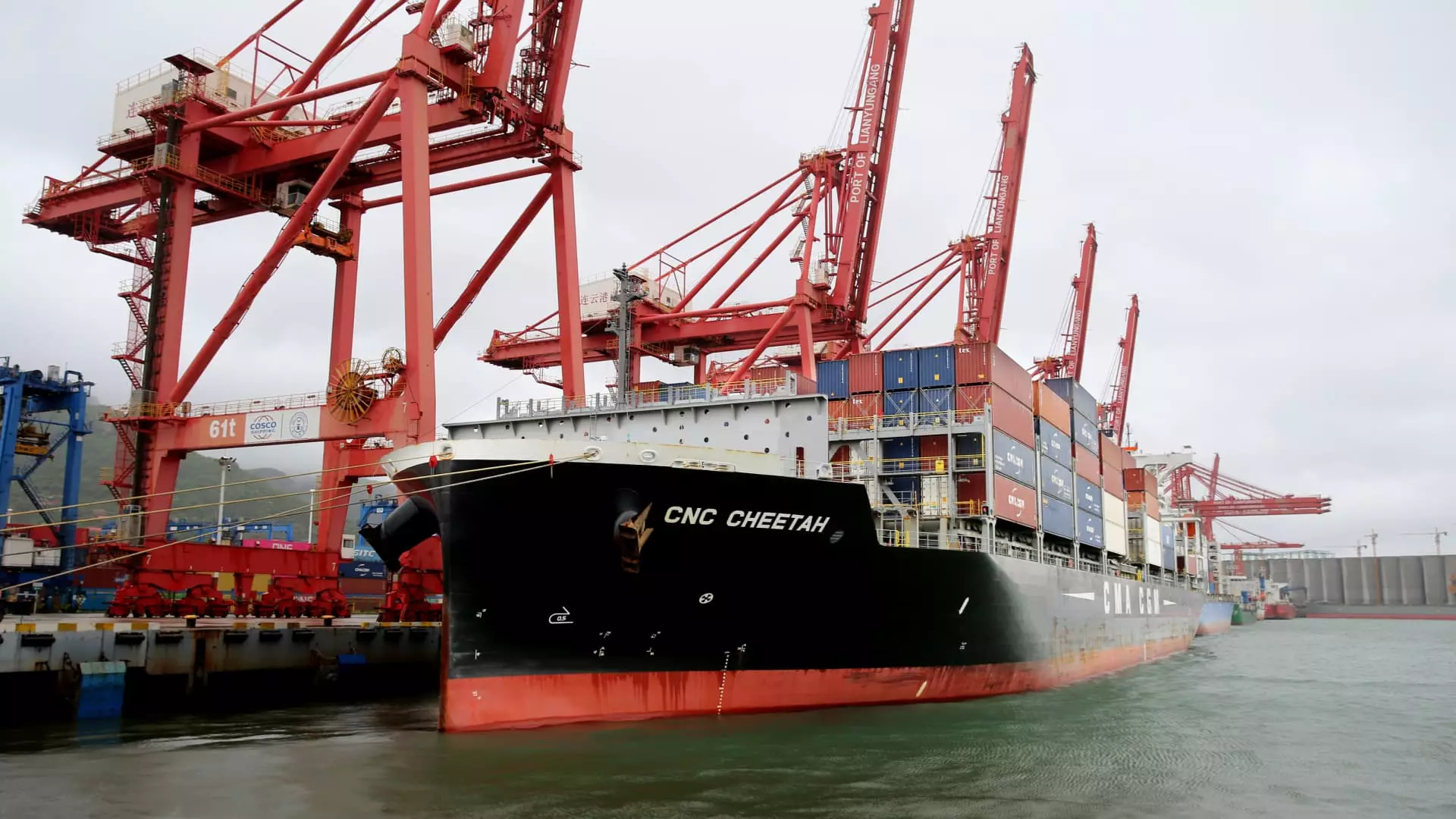The U.S. faces an unprecedented tariff environment, with current import duties reaching levels unseen since the Great Depression. A comprehensive report from Yale Budget Lab has unveiled that the average effective tariff rate has surged to 17.8%—the highest point since 1934. This inflationary climb represents a staggering increase of 15.4 percentage points compared to the rates before President Donald Trump’s second term. With various factors at play, including recent trade agreements with China and the United Kingdom, the economic implications for American households are profound and troubling.
The Impact of Recent Trade Agreements
Despite the favorable narrative surrounding the recent trade deals, their actual influence appears limited. U.S. officials have made temporary reductions to tariffs on China, slashing them to 30% from a staggering 145%, and the Chinese government reciprocated by reducing its duties on U.S. exports. However, these agreements do little to alleviate the substantial tariff burden that continues to weigh heavily on American consumers, whose financial forecasts predict an average short-run cost of $2,800 due to tariffs. This stark figure emphasizes how, even amidst negotiations, consumers are shouldering the financial fallout of policy decisions.
Distorted Consumer Behavior and Market Adjustments
Economists predict that the prevailing high tariff rates will severely alter consumer buying habits. The need for consumers to reassess their purchasing decisions becomes apparent, as individuals aim to sidestep the fiscal consequences linked to elevated prices for imported goods. These shifts may lead to a more pronounced focus on domestic products. However, the Yale Budget Lab warns that the timing and magnitude of such behavior changes are shrouded in uncertainty, leaving economists frustrated in their attempts to predict market dynamics.
Granular Implications for Specific Markets
The tariff structure extends beyond a blanket rate to specific commodities, impacting industries such as steel, aluminum, and automobiles. The recent deal with the U.K. offers some marginal relief, but it does not substantially affect overall tariff averages, highlighting the importance of nuanced economic analysis. With consumers and businesses experiencing heightened costs, the implications for sectors reliant on international trade—especially in a tumultuous economic environment—are significant. Companies may find themselves navigating a web of complex levies, further complicating their operational strategies.
The Larger Economic Narrative: Revisiting the Trade War
These developments underscore a critical perspective on America’s trade war trajectory—a contentious political strategy emerging since 2018. While administration officials tout these tariffs as a pathway to stronger domestic manufacturing, the reality remains that millions of American households are economically squeezed. As the tariffs morph from temporary measures to ongoing fiscal burdens, the American economy finds itself at a precarious juncture, blending nationalism with consumer hardship.
This evolving scenario only raises more questions about the long-term viability of a protectionist policy in an increasingly globalized marketplace.

